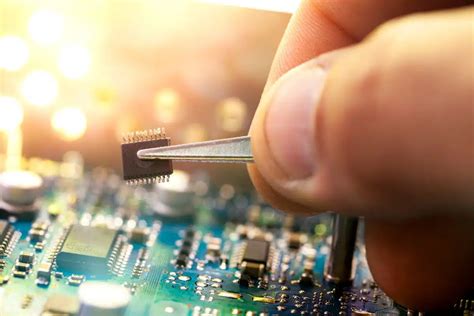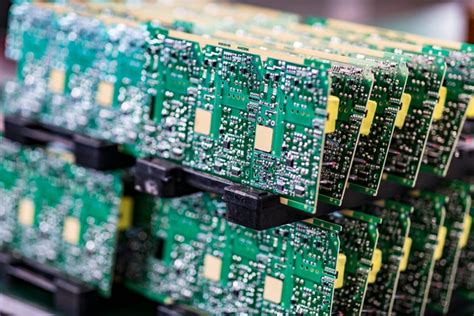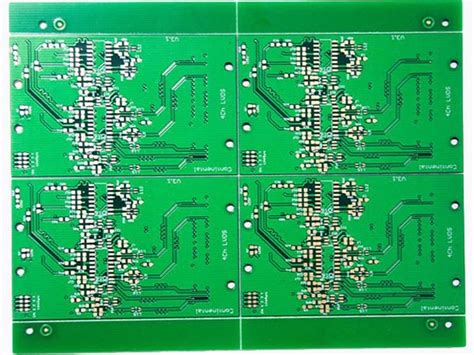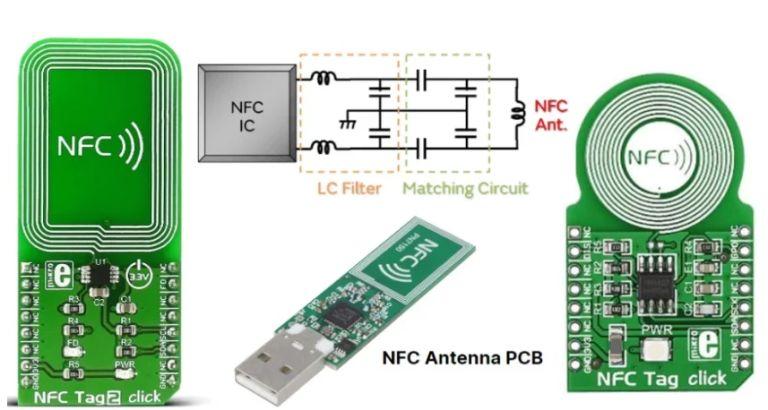Cost Effective Strategies for Low Cost PCB Assembly Services

Key Takeaways
In today’s competitive landscape, understanding the intricacies of low-cost PCB assembly (PCBA) is crucial for businesses aiming to optimize their electronic production. The processes involved in pcb assembly can significantly impact both the quality and cost of the final product. Employing key strategies to streamline these manufacturing processes is essential. One effective approach is to carefully evaluate material selection, ensuring a balance between affordability and durability. Moreover, the implementation of automation tools can greatly enhance efficiency in pcb assembly, reducing labor costs while maintaining high accuracy.
To foster a cost-effective production environment, companies should also adopt various cost-reduction techniques during the electronic design phase for PCBs. These approaches not only help in minimizing expenses but also contribute to the overall quality of the product. Implementing effective quality control practices is equally important, as they can minimize waste and ensure that all components meet required standards without incurring additional costs.
Additionally, maintaining strong supplier relationships plays a vital role in achieving success in low-cost assembly endeavors. A collaborative approach with suppliers can lead to better pricing strategies and innovative solutions for managing costs effectively.
"Success in PCB assembly lies not just in cutting costs but also in embracing quality and efficiency at every stage."
By staying informed on future trends and adapting accordingly, businesses can navigate the evolving landscape of PCBA services and secure their competitive edge.
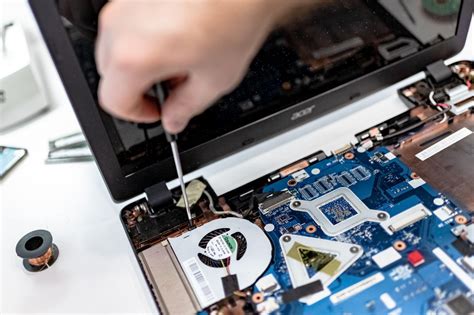
Understanding Low-Cost PCB Assembly: An Overview
Low-cost PCB assembly services have become a pivotal aspect of modern electronics manufacturing, allowing companies to produce high-quality printed circuit board assemblies (PCBA) while maintaining budgetary constraints. As demand for electronic devices increases, so does the need for effective cost management in the PCB production process. A fundamental understanding of the various components involved in low-cost PCB assembly is essential for manufacturers seeking to optimize their operations. This encompasses insights into not just the manufacturing processes, but also critical factors such as material selection and automation technologies. By streamlining operations and employing innovative solutions, businesses can achieve a balance between quality and affordability in their PCBA endeavors. Ultimately, recognizing the nuances of low-cost PCB assembly is vital for maintaining competitiveness in an ever-evolving marketplace, where efficiency and cost-effectiveness directly impact a company’s ability to deliver high-quality electronic products.
Key Strategies for Streamlining PCB Manufacturing Processes
Streamlining PCB manufacturing processes is essential for achieving low-cost PCB assembly without compromising quality. One of the key strategies involves optimizing workflow by implementing Lean Manufacturing principles. This approach focuses on minimizing waste and maximizing value, ensuring every step in the PCBA process contributes to the overall efficiency. Furthermore, investing in advanced technology, such as automated assembly equipment, can significantly reduce labor costs and increase throughput. Incorporating standardized processes across production lines also results in a more predictable yield which aids in cost management.
Another important consideration is material selection. Choosing components that are cost-effective yet meet performance standards can lead to substantial savings. Suppliers often offer bulk purchasing options, which can further decrease costs when managed effectively. Regularly reviewing supplier relationships allows companies to negotiate better terms and access innovation that enhances both pcb assembly quality and efficiency.
Lastly, establishing a robust quality control system at each stage of production is vital. By identifying defects early in the process, manufacturers can reduce rework and material waste, ultimately lowering overall expenses. In conclusion, combining optimized workflows, strategic material choices, effective supplier management, and stringent quality control practices allows manufacturers to significantly streamline their PCB assembly processes while maintaining a balance between cost efficiency and product integrity.
Material Selection: Balancing Cost and Quality in PCB Production
In the quest for low-cost PCB assembly, the selection of materials plays a crucial role in determining both expenses and product integrity. Finding a balance between cost and quality can often be challenging, yet it is essential for achieving an efficient PCBA process. By carefully evaluating different materials, manufacturers can identify alternatives that offer significant savings without compromising the reliability of the final product. For instance, opting for standard substrate types can reduce costs while maintaining functionality, provided that the chosen materials meet performance requirements for the intended application. On the other hand, eschewing higher-priced components could lead to increased operational risks or lower lifespan in end products. Thus, it is imperative to conduct thorough testing and analysis during the design phase to ensure that selected materials not only align with budget constraints but also uphold essential standards of performance and durability. Ultimately, a strategic approach to material selection not only leads to cost savings but also enhances overall product quality, resulting in competitive advantages in today’s market where efficiency is paramount.
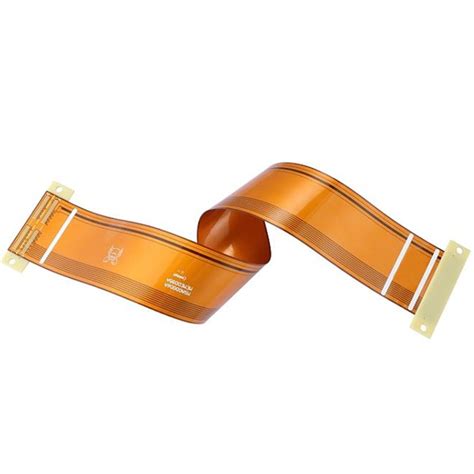
Leveraging Automation to Enhance PCB Assembly Efficiency
To achieve significant improvements in pcb assembly, companies are increasingly turning to automation as a key strategy. Automation can streamline various stages of the pcba process, ultimately leading to higher efficiency and reduced costs. By incorporating advanced machinery and software solutions, manufacturers can minimize manual labor and the potential for human error. For instance, automated pick-and-place machines ensure precise component placement on printed circuit boards, which not only speeds up the assembly process but also enhances accuracy. Additionally, implementing automated testing systems allows for rapid quality checks throughout production, identifying defects early on and minimizing waste.
The integration of robotics in pcb assembly lines can also facilitate scalability; as demand fluctuates, businesses can easily adjust their production capabilities without incurring drastic costs. Furthermore, collecting data through automation systems provides valuable insights into production performance, enabling continuous improvement efforts for better cost management. By adopting these automated solutions while maintaining a strong focus on quality control measures, companies can successfully enhance productivity in their pcba operations while simultaneously achieving cost-effectiveness. The shift towards automated processes is not just a response to rising operational demands but a necessary evolution in the competitive landscape of electronic manufacturing.

Cost-Reduction Techniques in Electronic Design for PCBs
In the realm of pcb assembly, implementing effective cost-reduction techniques is crucial for maximizing financial viability while adhering to quality standards. One key approach is the optimization of design for manufacturability. By simplifying circuit designs and minimizing component count, designers can significantly reduce both material costs and assembly time associated with pcba processes. Additionally, employing simulation tools during the design phase allows teams to identify potential issues early, mitigating costly modifications during later stages of production. Utilizing standardized components also contributes to budget efficiency, as they are typically more affordable and widely available compared to custom parts. Incorporating multi-layer pcbs can further enhance efficiency by minimizing the physical footprint and enabling more complex designs in a smaller area, thereby reducing overall material usage. Furthermore, embracing a modular design approach facilitates easier rework or upgrades without necessitating a complete overhaul of the assembly, ultimately supporting long-term cost-efficiency in pcb assembly projects. Prioritizing these strategic techniques not only enhances productivity but also aligns with broader objectives of reducing overall expenditure in electronic production environments.
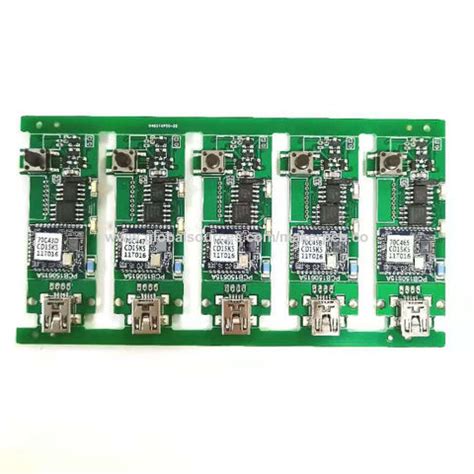
Quality Control Practices That Minimize Waste and Expenses
Implementing quality control practices in pcb assembly is essential for minimizing waste and expenses while ensuring the high standards expected in electronic production. One effective approach involves establishing a rigorous inspection process at every stage of pcba development. This includes real-time monitoring during assembly to catch defects early, thus reducing the likelihood of costly rework or material waste. Furthermore, adopting statistical process control (SPC) techniques can identify variations in manufacturing processes, allowing for timely corrective actions before minor issues escalate into major problems.
Another vital aspect is maximizing the efficiency of raw materials through careful design considerations. Using design for manufacturability (DFM) principles can help engineers create more streamlined layouts that use fewer materials without compromising the quality of the final product. Additionally, fostering a culture of continuous improvement within the assembly team encourages workers to proactively seek ways to enhance productivity and reduce waste, contributing to cost effectiveness across operations.
By focusing on these quality control practices, organizations can not only reduce operational costs but also improve the overall reliability and performance of their products, making their pcb assembly processes both economically viable and competitive in today’s market.

The Role of Supplier Relationships in Low-Cost Assembly Success
Building robust supplier relationships is critical to achieving success in low-cost PCB assembly (PCBA). Effective collaboration with suppliers can lead to significant improvements in quality, pricing, and delivery times. When manufacturers establish strong partnerships with their suppliers, they not only benefit from competitive pricing but also gain access to high-quality materials that are essential for maintaining the integrity of the pcba process. Moreover, suppliers can provide valuable insights into the latest technologies and innovations that can streamline manufacturing processes. Such collaboration facilitates flexibility in production schedules, allowing for quick adjustments based on demand fluctuations. By leveraging these relationships, companies can negotiate bulk purchasing options that yield substantial cost savings over time. Ultimately, prioritizing solid connections with suppliers empowers businesses to enhance productivity while ensuring quality standards are met consistently—a crucial element for success in the competitive arena of PCB assembly.
Future Trends in Cost-Effective PCB Manufacturing Solutions
As the demand for PCB assembly continues to grow within various industries, the push for cost-effective solutions has never been more critical. Future trends indicate a significant shift towards sustainable manufacturing practices that not only aim to reduce costs but also enhance environmental responsibility. One of the most impactful trends involves the integration of advanced technologies such as artificial intelligence and machine learning, which can optimize the assembly process by predicting equipment failures and streamlining operations. Additionally, manufacturers are increasingly adopting concurrent engineering approaches that promote collaboration between design and production teams early in the development process, allowing for more efficient PCBA transitions. Another pivotal trend is the focus on digital twins, enabling companies to create virtual replicas of their production lines to analyze performance, identify bottlenecks, and improve workflows without interrupting actual manufacturing activities. Emphasizing flexible manufacturing systems will also play a key role in achieving scalability while maintaining low costs and high-quality standards in PCB assembly. As these advancements unfold, they will help manufacturers navigate the complexities of modern demands while ensuring superior performance in PCBA outcomes.
Conclusion
In summary, embracing cost-effective strategies for low-cost PCB assembly can significantly impact the overall success of electronic products. By focusing on streamlined processes, manufacturers can enhance efficiency while keeping costs manageable. Implementing best practices such as material selection allows for a delicate balance between quality and expense when producing printed circuit boards (PCBs). Furthermore, the integration of automation plays a pivotal role in increasing the pace of pcba processes, ultimately reducing labor costs and minimizing human error. Establishing strong supplier relationships also benefits manufacturers, allowing for better pricing and consistent quality of components needed in production. Emphasizing rigorous quality control practices not only ensures product excellence but also minimizes waste, keeping expenses low. As trends evolve in this dynamic industry, remaining adaptable and knowledgeable about emerging solutions is crucial for any business aiming to thrive in the competitive landscape of PCB assembly services.
FAQs
What is PCB assembly?
PCB assembly (PCBA) is the process of connecting electronic components to a printed circuit board (PCB) to create a functional electronic device. It involves multiple steps including soldering components, testing, and inspection.
Why is low-cost PCB assembly important?
Low-cost PCB assembly services are crucial for reducing overall manufacturing expenses while maintaining quality. This is particularly important for startups and companies looking to scale production without compromising on performance.
How can I optimize costs in PCB assembly?
To optimize costs in PCBA, consider strategies such as selecting materials wisely, leveraging automation technologies, and streamlining your manufacturing processes.
What role do suppliers play in low-cost PCB assembly?
Strong relationships with suppliers can lead to better pricing and reliability for PCB assembly needs. By negotiating contracts and building partnerships, businesses can secure lower costs for high-quality materials.
What trends should I be aware of in PCB manufacturing?
Current trends in the industry include increased use of automation, advancements in material technology, and a greater emphasis on sustainable practices to reduce costs while maintaining quality.

